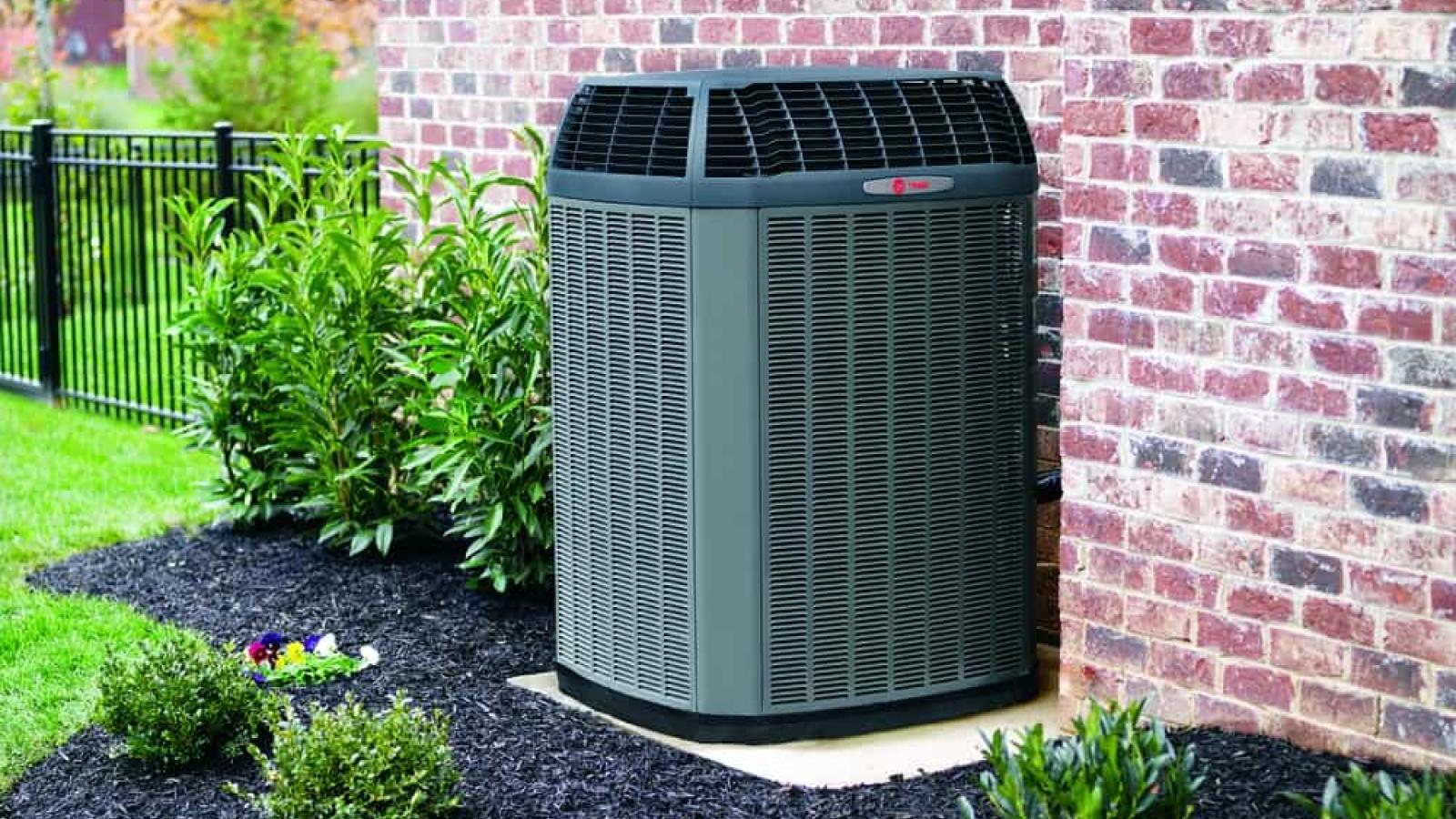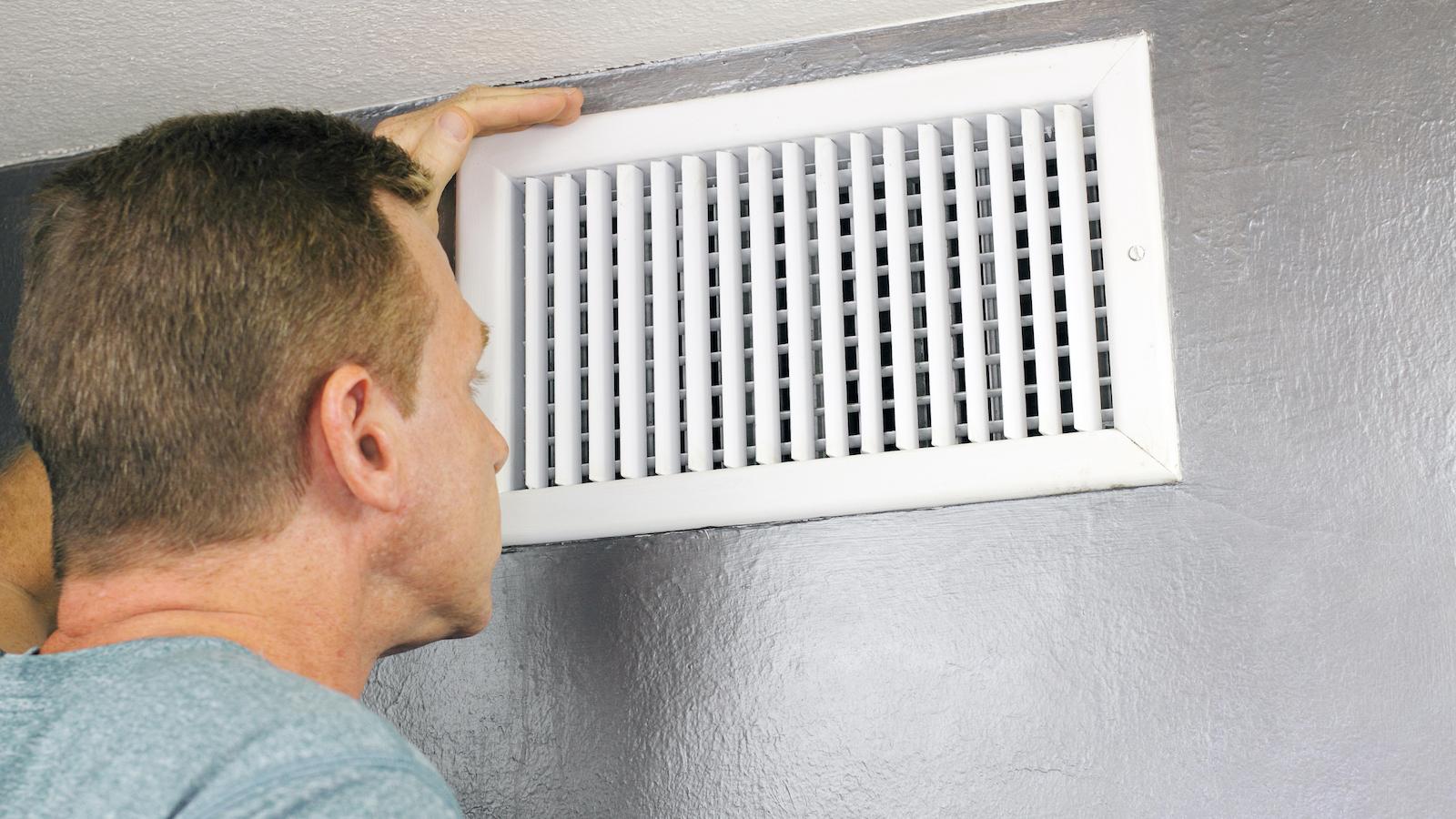What Should Be On Your Fall Home Maintenance Checklist?
As the seasons change, so do your home maintenance tasks.
With the holidays approaching, Santa isn’t the only one who’s making a list and checking it twice. If you’re a homeowner who wants to prepare for winter weather, it’s time to start scratching out the indoor and outdoor tasks on your fall home maintenance checklist.
We spoke to Darcy Lee, senior product manager of Air Handlers and Indoor Air Quality at Trane Residential, for her top recommendations — and here’s what she said:
Fall Home Maintenance Tip #1: Test your home’s indoor air quality (IAQ)
It’s important to monitor your home’s air quality ahead of the colder months, especially if you have family members who are prone to allergies, asthma, or frequent colds. Improving your indoor air quality as flu season approaches can also help minimize the virus and help you and your loved ones stay healthy during the winter months.
“If your seasonal allergies act up when you’re outdoors, there are some easy ways to reduce triggers such as pollens from entering your own home and ensuring you’re able to maintain a clean, comfortable environment when indoors,” Lee says. “That starts with testing your home’s indoor air quality to assess what airborne particles may be negatively affecting the air you’re breathing.”
One simple solution is the Awair Element ($299), an indoor air quality monitoring device that measures temperature, humidity, CO2, fine particulate matter (PM2.5), and volatile organic compounds (VOCs). You can also contact a trusted local HVAC dealer such as a Trane Comfort Specialist™ to test your home’s air quality. They’ll know exactly what to look for, will run several tests at once when inspecting your home, and can also offer recommendations on remedies for better IAQ such as QuikBox air filters or Trane CleanEffects whole home air cleaners.
Fall Home Maintenance Tip #2: Check your home’s insulation
While air leaks around doors and windows may be the most obvious escape route for heat, checking your home’s insulation is just as important.
“If your attic or crawlspace isn’t properly insulated, your heating system has to work harder during the fall and winter months to keep your home at a consistently comfortable temperature,” Lee says. “The longer your system works, the more it costs you.”
Homes built in the 1970s or earlier should be checked by an expert, as insulation quality has come a long way since then. Also, foam insulation can settle after a year, so it’s a best practice to inspect the insulation annually. Certain insulation jobs — such as fiberglass, mineral wool, or adding insulation to a garage door — can be accomplished by a handy homeowner; if you’d rather hire a pro, an insulation contractor can assess the materials required for your project and complete the job quickly and efficiently. (The average cost of an insulation upgrade is $2,400, according to the National Association of Realtors.)
Fall Home Maintenance Tip #3: Set your thermostat to the proper temperature
“Adjusting your thermostat when you’re headed out for dinner, off to work, or traveling is a good first step towards saving on energy bills,” says Lee. “At the same time, you want to make sure you’re comfortable when you return home!” Keeping the air inside your home closer the temperature outside will prevent your HVAC system from overworking; the ideal fall setting is between 68–78 degrees Fahrenheit. A smart thermostat such as the Trane ComfortLink II series offers an easy-to-use, set-it-and-forget-it solution that can help reduce your energy expenses this fall — and year-round too.
Fall Home Maintenance Tip #4: Assess the humidity in your home
Maintaining a humidity level of between 35 and 60 percent in the home is key to mitigating IAQ problems and to ensuring comfort once temperatures begin to drop.
“Mold, dust mites, and other air pollutants tend to thrive outside of that range, and our bodies’ natural immune systems can be compromised when the air gets too dry,” says Lee. The best way to control humidity in the home during the heating season is by monitoring it with a reliable HVAC thermostat and managing it with a whole-home evaporative or steam humidifier. These units tie into your HVAC ductwork system and add the appropriate amount of moisture to maintain ideal humidity levels throughout the entire home. (Note: If you choose to add a whole-home system, it must be professionally installed.)
Bonus Tip #5: Call Your Dealer for Fall Furnace Maintenance
Changing your air filters on a regular basis can help keep your furnace or heat pump in tip-top shape. If you’re interested in keeping your gas furnace running smoothly, here are some additional gas furnace maintenance tips. If you own a heat pump, check out the suggestions on our heat pump maintenance checklist. For maximum peace of mind, schedule a preventative HVAC fall maintenance checkup with your local dealer before winter weather arrives.



